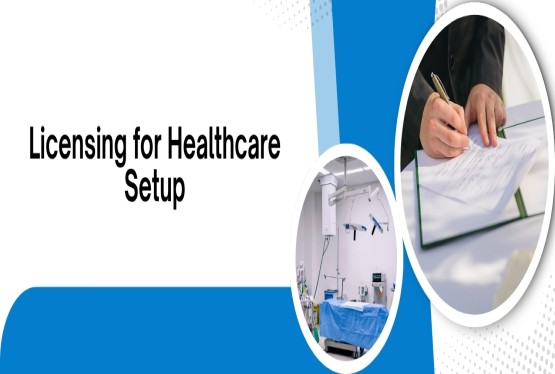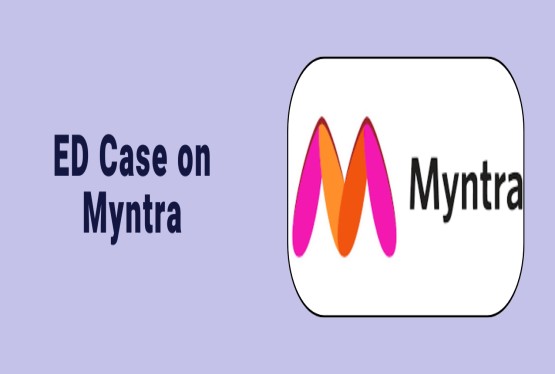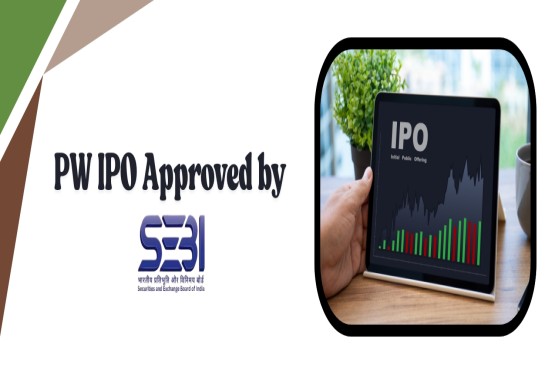The Goods and Services Tax (GST) regime in India has undergone multiple reforms to increase transparency, reduce tax evasion, and improve overall compliance. One such significant step is the introduction of B2C e-Invoicing, which refers to electronic invoicing in Business-to-Consumer transactions. Until now, e-invoicing was mainly applicable to B2B (Business-to-Business) transactions, but as per the 54th GST Council Meeting held on September 9, 2024, the government has announced plans to expand the scope to include B2C invoices.
This change is expected to benefit both consumers and businesses by ensuring that tax invoices are standardized, verified, and recorded accurately. Let's discuss in detail what B2C e-Invoicing is, its objectives, key dates, how it works, who needs to comply, and the expected benefits and challenges.
What is B2C e-Invoicing?
B2C e-Invoicing refers to the requirement under GST for businesses to generate electronic invoices for transactions made directly to consumers. These are tax invoices issued when goods or services are sold to end consumers who are not registered under GST.
Under B2C e-invoicing, businesses are required to report these invoices to the Invoice Registration Portal (IRP) authorised by the GST Network. Each invoice is authenticated by the IRP, and a unique Invoice Reference Number (IRN) and QR code is generated. The QR code includes all critical invoice details that a customer or authority can scan to verify the authenticity of the invoice. This system aims to plug revenue leakages by ensuring real-time reporting of sales and preventing the manipulation of invoices. It standardises invoice formats, ensures transparency, and creates a digital trail of every transaction.
Objectives and Importance of B2C e-Invoicing
The main objective of B2C e-Invoicing is to reduce tax evasion by ensuring that all retail transactions are reported correctly in the GST returns. It helps the government keep track of sales made to consumers and ensures these are duly taxed.
Another significant objective is to improve the accuracy and integrity of transaction records, making it difficult for businesses to underreport revenue. It also promotes the use of digital technologies in routine billing processes, which ultimately enhances operational efficiency and data accuracy.
B2C e-invoicing is also a step toward eco-friendly practices as it reduces the dependency on paper-based invoices. It contributes to standardisation across industries and increases consumer trust in digital billing systems.
Important Dates for B2C e-Invoicing Implementation
The 54th GST Council Meeting held on September 9, 2024, announced the introduction of a pilot program for B2C e-invoicing. This program will initially be run on a voluntary basis in select sectors and States before being implemented nationwide.
While the Central Board of Indirect Taxes and Customs (CBIC) has not yet issued a formal notification, it is expected that a notification will be published in the coming weeks. Pilot implementations are likely to begin within one or two months of the announcement.
Full-scale rollout will be decided based on the success and feedback from the pilot program. Businesses are advised to begin preparing for the transition by upgrading their systems and training their teams.
How B2C e-Invoicing Works in Practice?
In the B2C e-invoicing system, businesses must generate invoices in a specific format and submit them to an IRP (Invoice Registration Portal). This process starts with generating invoices using a billing or accounting software integrated with the IRP.
For consumer-facing businesses like retail outlets, supermarkets, or online platforms, the invoice is often created using a Point of Sale (POS) machine or billing software. These invoices are then sent in a standard JSON format (called INV-01 schema) to one of the six IRPs approved by the GSTN.
The IRP will verify and authenticate each invoice. It will return the invoice with a unique IRN and a digitally signed QR code. This QR code should be printed or shared digitally with the consumer as proof of an authentic transaction. Typically, large enterprises consolidate their daily transactions and upload them to the ERP system for reporting. Real-time reporting is encouraged for B2C e-invoicing to reduce discrepancies and ensure smooth tax filings.
Applicability of B2C e-Invoicing
The initial rollout of B2C e-invoicing will be restricted to specific sectors and states. Although the exact list is not officially published, the press release by the Press Information Bureau (PIB) suggests that the organised retail sector will be among the first to be included.
Businesses operating in tech-driven segments like quick commerce, e-commerce platforms, OIDAR services, and online gaming are also expected to fall under the early implementation phase. These sectors already rely heavily on digital infrastructure, making them ideal candidates for piloting this system.
There may be a turnover threshold, such as Rs. 500 crore or Rs. 1000 crore, above which businesses will be required to comply in the pilot stage. As the system matures, it may be expanded to mid-sized and smaller businesses.
Requirements for B2C e-Invoicing
Currently, the CBIC has not specified the exact requirements for implementing B2C e-invoicing. However, it is anticipated that businesses will need to:
-
Generate invoices in the INV-01 JSON format.
-
Submit them to one of the approved Invoice Registration Portals.
-
Integrate their billing and POS systems with IRPs.
-
Ensure the QR code and IRN are shared with customers within a stipulated time, possibly within 48 hours of the transaction.
-
Maintain accurate and consistent data reporting across their ERP, PoS, and accounting systems.
The government is expected to release detailed guidelines soon via CBIC notification and circular.
Limits or Thresholds for B2C e-Invoicing
As of now, there is no officially declared turnover limit for mandatory B2C e-invoicing. However, it is expected that the initial phase will apply only to large enterprises with annual turnovers above Rs. 500 crore or Rs. 1000 crore.
The aim is to begin implementation with businesses that already have advanced technological infrastructure. Once the system is tested and proven effective, the applicability may be gradually extended to smaller businesses as well.
Benefits of B2C e-Invoicing
The following are the benefits of B2C e-Invoicing:
Standardisation and Uniformity
B2C e-invoicing helps ensure that invoice formats remain consistent across industries. It enables authorities and consumers to easily interpret and verify the information.
Prevention of Fraud
Since invoices are verified and authenticated through the GSTN, the risk of generating fake or duplicate invoices is significantly reduced. This improves credibility.
Consumer Trust
Customers receive e-invoices with a QR code, enhancing transparency and trust. They can scan and verify the details themselves.
Improved Tax Reporting
By mandating real-time reporting of B2C sales, the scope for revenue underreporting and tax evasion is minimized. It also simplifies the reconciliation process for GSTR-1 returns.
Environmentally Friendly
E-invoicing encourages paperless transactions, helping reduce the carbon footprint and making business operations more sustainable.
Challenges of B2C e-Invoicing
-
Technology Readiness: Not all businesses have the technical infrastructure to manage real-time reporting. Investments in IT systems and integration with IRPs are essential.
-
Increased Workload for Sales Staff: At the point of sale, salespersons may need to enter additional invoice data. This can slow down operations and frustrate customers during peak hours.
-
Training and Awareness: Businesses need to train their sales and finance teams to adapt to this new invoicing process. Ensuring that all departments work in sync is key to successful implementation.
-
Warehouse and Logistics Pressure: For e-commerce and retail businesses, warehouse teams must generate e-way bills and e-invoices on time. Delays can impact deliveries and customer satisfaction.
-
Data Reconciliation: The finance and tax teams need to collect data from multiple systems (POS, ERP, billing software) and reconcile it before filing returns. Discrepancies can lead to penalties.
How to choose the right technology for B2C e-Invoicing?
-
Scalability: The system should be capable of handling thousands of invoices every day without lag. Businesses must ensure high system uptime and zero disruptions.
-
Compliance: The software must be updated in line with the latest GST guidelines. It should also be capable of updating new fields or formats as per future notifications.
-
Integration: Seamless integration with existing accounting, billing, and ERP systems is essential. Compatibility with PoS systems will also play a crucial role in the retail sector.
-
Security: Since financial data is sensitive, the e-invoicing system should use encryption protocols and follow industry best practices to ensure data safety.
-
Cost-Effectiveness: Businesses should weigh the setup costs and operational expenses against the benefits of compliance and reduced manual errors.
-
Vendor Support: It’s crucial to choose technology partners with a strong track record, dependable customer support, and experience in implementing GST-compliant solutions.
Conclusion
B2C e-Invoicing is set to bring a new level of efficiency, accuracy, and transparency in how businesses deal with retail transactions. While its full implementation will happen in phases, the pilot program is a strong signal for businesses to begin upgrading their systems and processes. Large-scale retail and e-commerce players are expected to lead the adoption, paving the way for smaller businesses to follow in the future. From standardised invoicing and better tax compliance to greater consumer trust, the benefits are clear. However, successful implementation will require investment in technology, training, and a proactive approach to change.
For any queries or support, connect with Compliance Calendar LLP experts through:
Email: info@ccoffice.in
Call/WhatsApp at: +91 9988424211
FAQs
Q1. What is B2C e-Invoicing under GST?
Ans. B2C e-Invoicing refers to the electronic generation and reporting of tax invoices for Business-to-Consumer (B2C) transactions under GST. These invoices must be reported to the Invoice Registration Portal (IRP), which generates a unique Invoice Reference Number (IRN) and QR code to authenticate the transaction.
Q2. Is B2C e-invoicing mandatory for all businesses?
Ans. No, B2C e-invoicing is not yet mandatory for all businesses. As per the 54th GST Council meeting, it will first be introduced on a pilot basis for select sectors and large businesses. A turnover threshold, such as Rs. 500 crore or Rs. 1000 crore, is likely to be applicable in the pilot phase.
Q3. When is B2C e-invoicing expected to be implemented?
Ans. The pilot implementation of B2C e-invoicing was announced during the 54th GST Council Meeting held on September 9, 2024. The pilot program is expected to begin in selected sectors and States in early 2025, following an official CBIC notification.
Q4. How does B2C e-invoicing work in retail or e-commerce?
Ans. Businesses create invoices using their billing or POS systems and send them to an IRP in a standard JSON format. The IRP verifies the invoice and returns a digitally signed invoice with an IRN and QR code. This QR code is then provided to the customer, either printed on the bill or sent digitally.
Q5. Which sectors are likely to be included in the pilot phase?
Ans. The sectors expected to be included in the pilot run of B2C e-invoicing include organised retail, e-commerce, quick commerce, online gaming, and OIDAR services. These sectors are generally tech-enabled and more likely to have the required infrastructure.
Q6. What are the main benefits of B2C e-invoicing?
Ans. Some major benefits include reduced tax evasion, standardised invoices, enhanced transparency, improved consumer trust, accurate real-time sales reporting, and easier GST return filing. It also supports eco-friendly paperless operations.
Q7. Is there any threshold limit for B2C e-invoicing?
Ans. While no official limit has been declared, it is expected that only businesses with a turnover above Rs. 500 crore or Rs. 1000 crore will be covered initially under the pilot program. Final thresholds will be notified by the CBIC.
Q8. Will customers receive a printed e-invoice?
Ans. Customers will receive an invoice containing a QR code and invoice details. The e-invoice can be provided in printed form or shared digitally through email, SMS, or apps, depending on the business’s communication system.
Q9. What systems must businesses integrate for B2C e-invoicing?
Ans. Businesses must integrate their billing software, POS systems, and ERP systems with one of the six government-authorised IRPs. The invoice data must be reported in the standard JSON format (INV-01 schema) for authentication.
Q10. What happens if a business fails to comply with B2C e-invoicing requirements?
Ans. Failure to comply may result in penalties under GST law, including non-acceptance of invoices for input tax credit (ITC) purposes and late fees for incorrect or delayed reporting. It may also cause operational delays and loss of customer trust.












































































_crop10_thumb.jpg)







_Rules,_2025_learn_crop10_thumb.jpg)








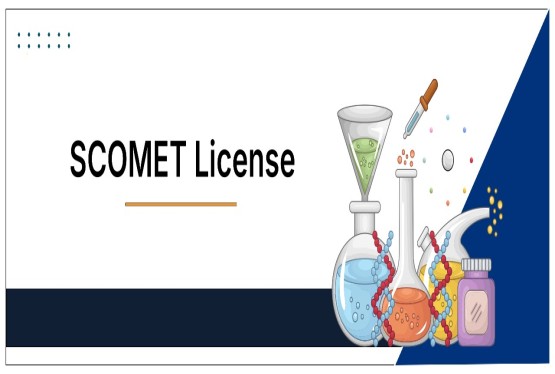



























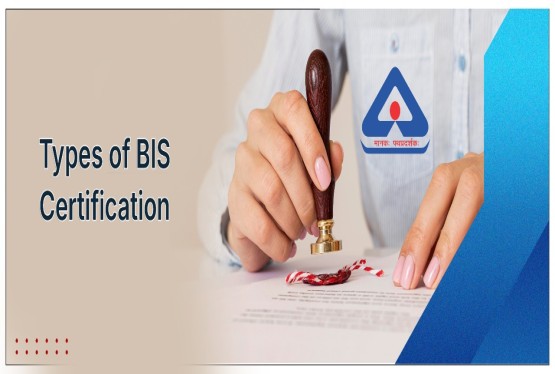
























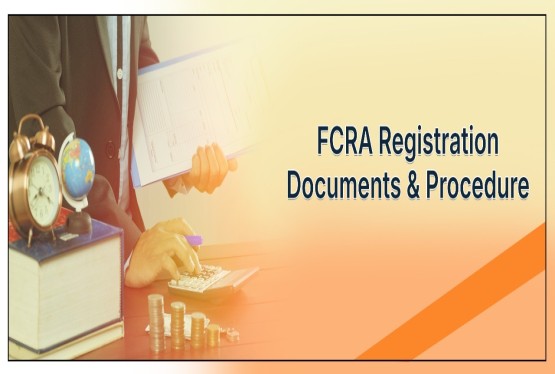


























_crop10_thumb.jpg)








 in BIS FMCS_learn_crop10_thumb.jpg)










_crop10_thumb.jpg)














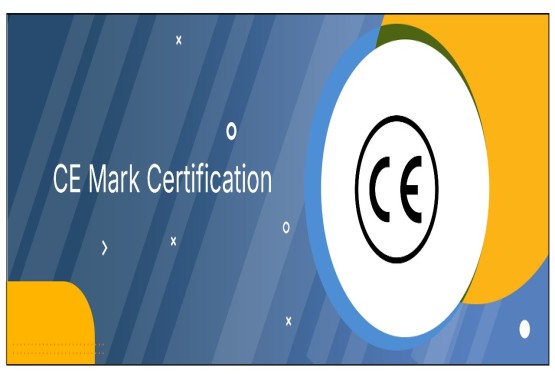
_crop10_thumb.jpg)





_Code C-888_learn_crop10_thumb.jpeg)
_learn_crop10_thumb.jpg)





















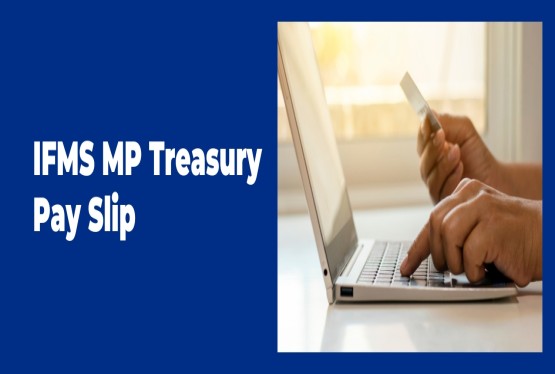










































_Certificate_learn_crop10_thumb.jpg)

_Certificate_(1)_crop10_thumb.jpg)

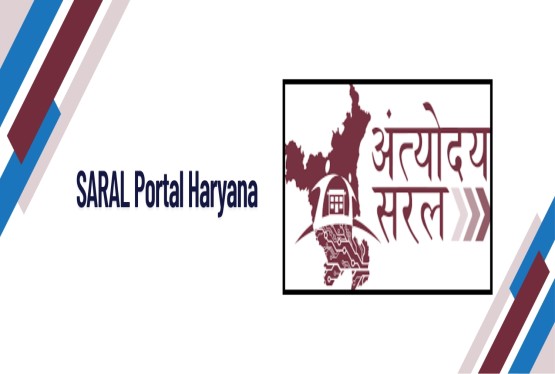




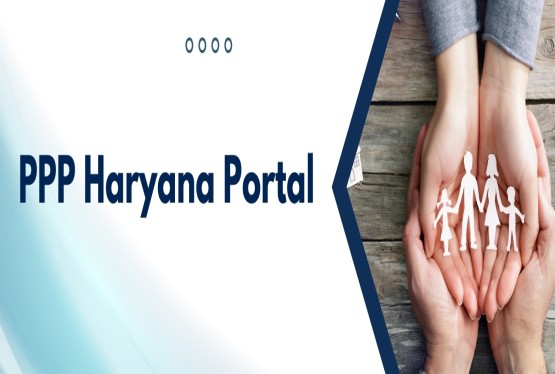








_learn_crop10_thumb.jpg)

_crop10_thumb.jpg)


















_Scheme_learn_crop10_thumb.jpg)


_learn_crop10_thumb.jpg)
